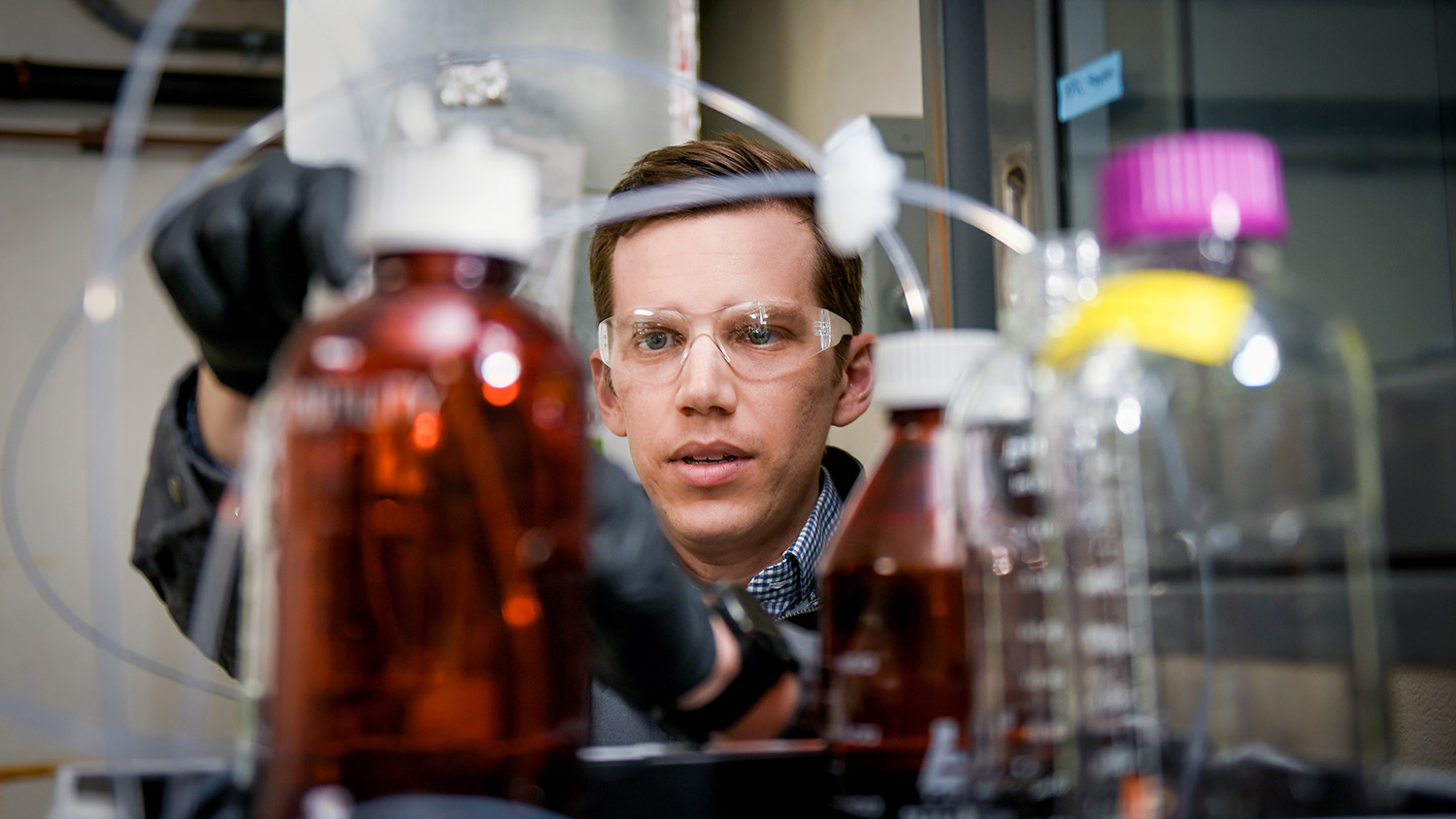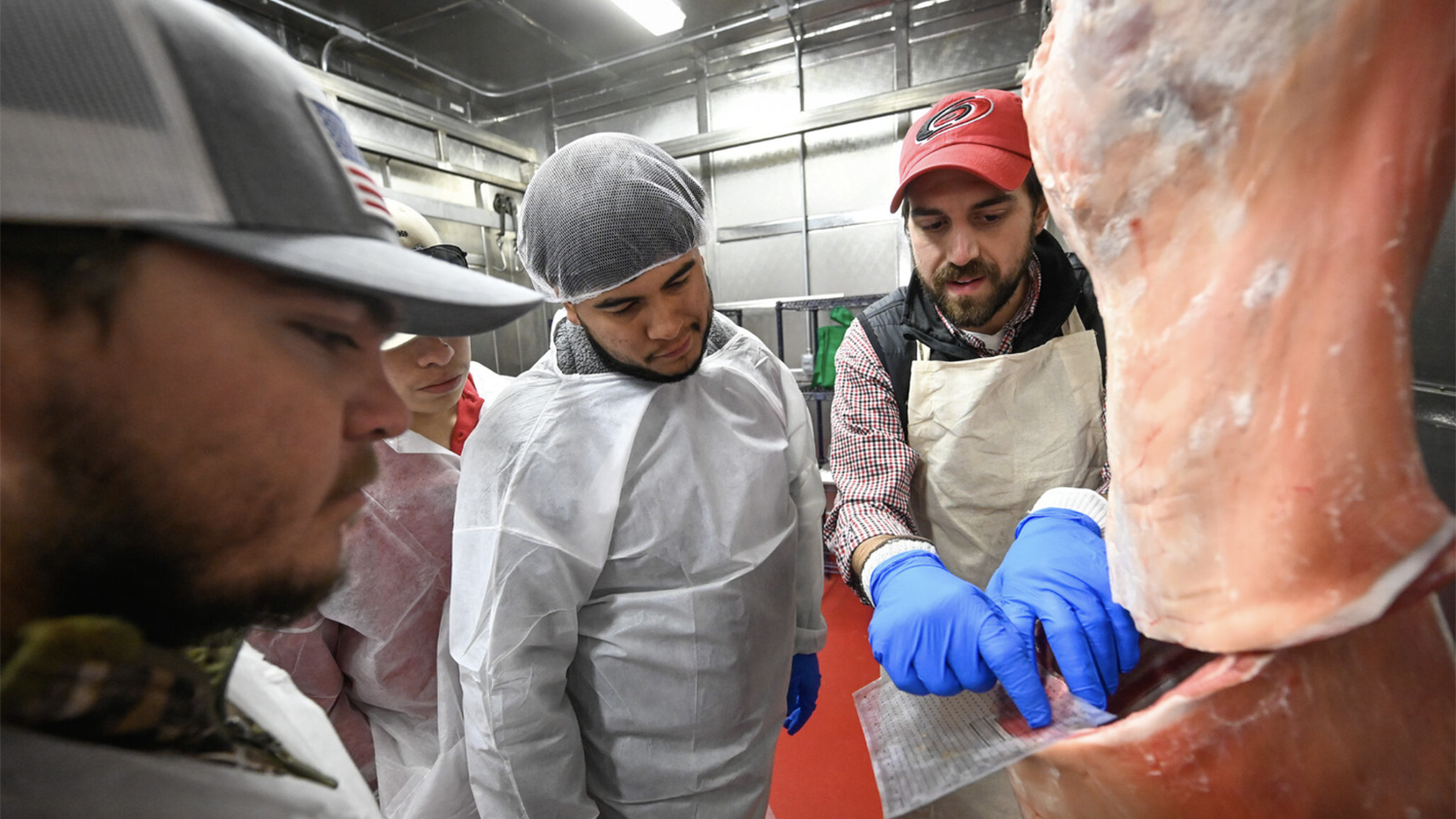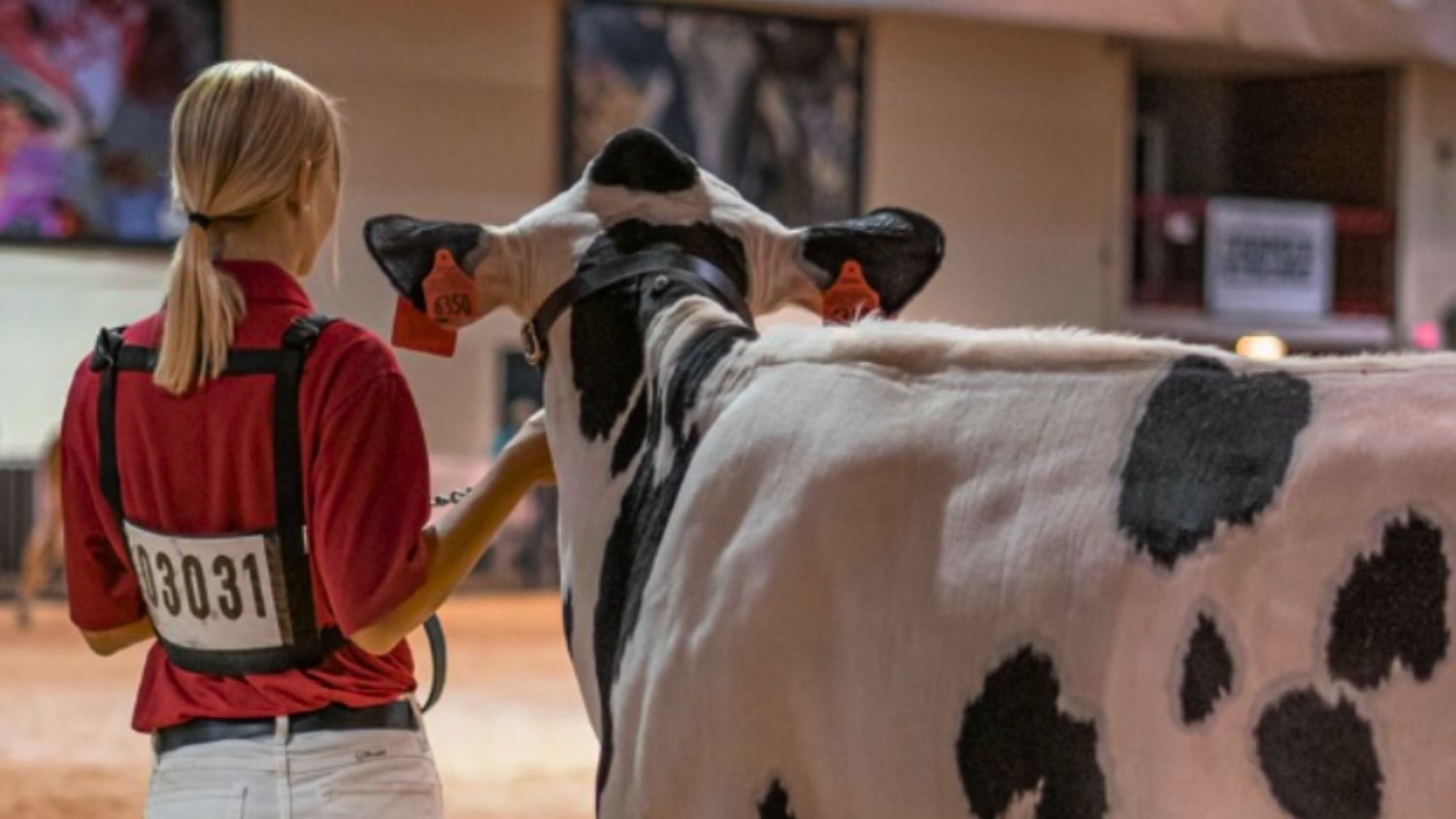The Quest for Net Zero

In some ways, you could say that technology got us into the mess that is climate change. But can technology get us out of it?
Globally, we’re getting a better handle on lowering the greenhouse gas emissions that are fueling climate change. Still, scientists don’t think we’re doing that fast enough to keep the global temperature from rising.
But what if we took one of the main contributors, carbon, and turned it into valuable products while keeping it out of the air?
Could that be a key to getting us to a planetary goal of net zero? Could it fully negate greenhouse gas emissions and level out rising temperatures?
On this episode of Farms, Food and You, Joe Sagues, principal investigator of the Biocarbon Utilization & Sequestration (BUS) Lab in the Department of Biological and Agricultural Engineering at North Carolina State University, looks at what essentially equates to carbon recycling and the potential it holds for farmers, entrepreneurs and society in general. It’s a topic Sagues discusses in-depth in the latest magazine of NC State’s College of Agriculture and Life Sciences.
Podcast Transcript
Host:
In some ways, you could say that technology got us into the mess that is climate change. But can technology get us out of it?
Globally, we’re getting a better handle on lowering the greenhouse gas emissions that are fueling climate change. Still, scientists don’t think that we’re doing that fast enough to keep the global temperature from rising.
But what if we took one of the main contributors, carbon, and turned it into valuable products while keeping it out of the air?
Could that be a key to getting us to a planetary goal of net zero? Could it fully negate greenhouse gas emissions and level out rising temperatures?
In this episode of Farms, Food and You, we’ll look at what essentially equates to carbon recycling and the potential it holds for farmers, entrepreneurs and society in general. It’s a topic covered in the latest magazine of North Carolina State University’s College of Agriculture and Life Sciences. Our guest is Dr. Joe Sagues, the researcher featured in that article.
HOST:
An assistant professor in NC State’s Department of Biological and Agricultural Engineering, Joe Sagues is one of the university’s leaders in finding ways to capture more of carbon’s value while keeping it out of the atmosphere.
He’s also a team co-leader on the U.S. Department of Energy-funded Roads to Removal project. The project involved researchers from multiple institutions, with the goal of finding the lowest-cost, nearest-term solutions to removing carbon from the atmosphere.
Bioprocessing takes the carbon that comes from living things – plants, for example, and animal waste – and turns it into useful products.
SAGUES:
The type of bioprocessing that I do starts with some type of what we call feedstock, which is basically a form of biomass that’s available at low cost – that is typically considered a waste material today.
And so good examples are food waste is a feedstock to a bioprocess; animal manure; agricultural residues so things that are typically left in the field or incererated – think of like corn stover, sugarcane bagasse, a couple of examples of ag residues and also forestry residues. So different types of biomass that typically decay or are incinerated or are landfilled today. So we’re trying to sort of prevent those end-use cases and process them. So process the biological material – hence, bioprocessing – into some valuable bioproduct. That’s bioprocessing in a nutshell.
HOST:
The kinds of bioproducts that Sagues studies vary widely, from biofuels to bioplastics and from building materials to soil amendments. For example, he’s looked at turning paper waste into graphite for lithium-ion batteries and creating biofuels from waste cotton and even from seaweed.
Sagues focuses on taking technology out of its concept stage, optimizing it at lab-scale, then working with others to commercialize it. His emphasis is on making processes and products that are carbon negative. In other words, he’s aiming for products that not only remove carbon from the air, but also remove more carbon than they generate across their lifespan – from production to disposal.
Roads to Removal is one of his latest projects.
SAGUES:
We basically looked at every county in the U.S. through these optimization models. We looked at the availability of different biomass resources, including food waste, animal manure, ag residues, forestry residues, and others. The optimization model that would run the feedstocks through different processes — … fermentation, pyrolysis, combustion, gasification — and it would select for the lowest cost pathway for that area, the lowest cost pathway for removing carbon. This allowed us to identify the lowest cost bioprocess for carbon removal in every county across the country.
So that’s … what the major question was – what’s the lowest bioprocess cost, of bioprocessing technology, for every single state and even every single county?
HOST:
Finding those answers matters. Since 1990, global CO2 emissions have increased by more than 60%. Today we’re only actively removing a few million tons of carbon dioxide from the atmosphere each year. Sagues’ team found that industrial processing could remove approximately 500 million tons every year for less than 100 dollars per ton.
SAGUES:
The main result was actually just a couple technologies that ended up dominating. … The pathways that I think are most interesting from the modeling are gasification and fermentation to capture biogenic CO2… as well as pyrolysis to make bio-oil to go into bio-asphalt, which is a very interesting new technology. Also wood products have a lot of potential for carbon removal.
HOST:
Some of the findings from Roads to Removal show particular promise for the Southeastern United States. The region rated second, after the Midwest, when it comes to total capacity and lowest cost for carbon removal.
One reason that the Southeast fared well in the study is that it has lots of farm- and forestland that emit biogenic CO2 during decomposition. That waste, with a little finessing, could be turned into value-added products.
And so could animal waste. With an animal industry that makes up about 70% of North Carolina’s agricultural industry, adding value to this waste material could be game changing.
Another potential game-changer: finding new uses for food waste from Charlotte, Raleigh and the state’s other urban areas.
HOST:
All-in-all, the Roads to Removal project provides solid evidence that there are economically viable technologies that can be put to work in the short-term to remove carbon from the air. But, as Sagues says, more research and development is needed to optimize the amount of carbon they can remove.
SAGUES:
This was sort of phase one of the Roads to Removal project. We’re hoping there’s going to be a phase two, where we analyze a number of new technologies that were too early stage in phase one. And there’s some exciting technologies that are being developed right now.
We’re really at the early days of the carbon removal industry and what technologies end up really, truly winning and standing out. … The industry’s growing so fast with innovation and new technologies that it’s hard to predict right now.
HOST:
While acknowledging the uncertainties that remain, Sagues is optimistic about three new technologies. One of those is one he’s helping develop. Called flipped composting, the technology takes food waste, combines it with microbes that live off oxygen, and turns them into marketable compost, usable water and C02 that can be used in such products as foaming rubber and plastics and fire retardants.
SAGUES:
Flipped Composting is a new industrial bioprocess that uses a low-cost closed bioreactor design and inject pure oxygen instead of air. The microbes that do the composting, or the decomposing – they are aerobic microorganisms. They generate CO2 as they grow. That CO2 concentration climbs and climbs and climbs in our reactor until it gets to about 95%. We simply capture the high purity CO2 and make it available for sale or sequestration. It’s a bit more technical than that, but that’s it in a nutshell.
HOST:
While Sagues is working to show that flipped composting makes economic sense on an industrial scale, he’s also bullish on carbon-removing possibilities being pursued by others.
One being commercialized in the Midwest involves using pyrolysis to turn corn stover into a soil amendment called biochar, and into bio-oil, a thick, gooey substance that can be pumped deep in the ground, where it will stay locked away indefinitely.
Another standout is wood burial.
SAGUES:
So this is taking forest thinnings and wood that’s not very valuable, but still contains a lot of biocarbon and would typically be incinerated or just landfilled or piled up somewhere. And what they do is they carefully dig up chambers or vaults, they call them, and they place the wood there, and they make sure it stays dry for hundreds, thousands of years and that carbon is locked up and is not returning.
HOST:
As CALS Magazine puts it, the carbon negative bioeconomy points the way for profitability and sustainability to converge on a path to a cooler world. And that, says Sagues, is just the kind of economy needed to avoid climate change’s most-dire effects.
To read more about his research, check out the fall 2023 issue of CALS Magazine, available online now at magazine.c-a-l-s.ncsu.edu.
Thank you for joining us on Farms, Food and You, produced by the College of Agriculture and Life Sciences at North Carolina State University. We hope you’ll be back to listen again next time, as we take a hike on the North Carolina Oyster Trail.


